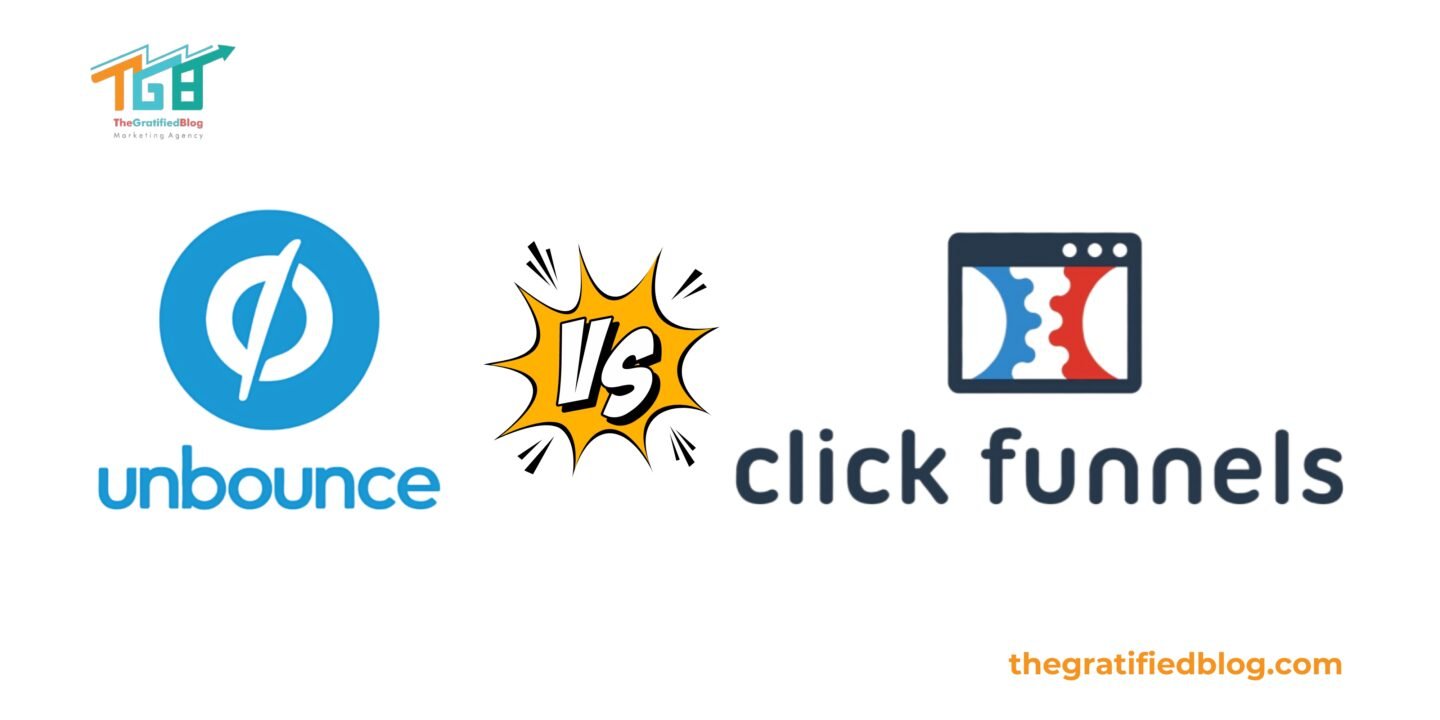
If you’ve been looking into landing page builders or sales funnel tools, chances are you’ve come across Unbounce vs ClickFunnels. Both platforms have a solid reputation for helping businesses drive conversions, but they take very different approaches. Picking the right one can feel like a tough decision, especially when you’re not quite sure how their features stack up against each other.
When you’re a marketer, a small business owner, or an entrepreneur, choosing the right tool can be pivotal. The good news? You’re already on the right track by considering two of the industry’s top players. The challenge? Deciding which one of these platforms will best serve your business’s unique needs.
In this article, we’re going to take an in-depth look at Unbounce and ClickFunnels, going beyond just the feature lists. By the time we’re done, you’ll have a clearer idea of which platform aligns best with your specific goals.
Introduction: Choosing the Best Option
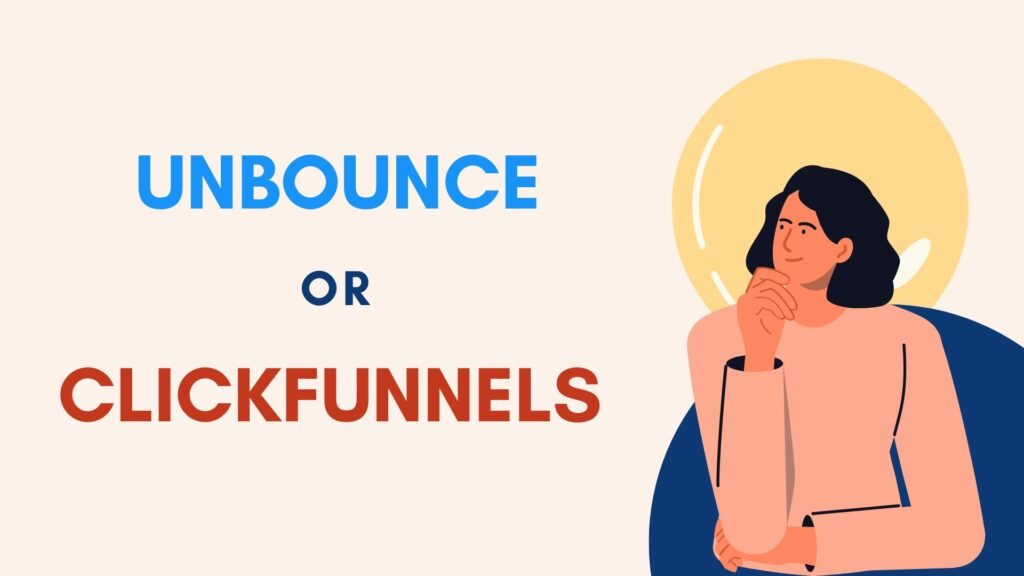
The decision between Unbounce and ClickFunnels ultimately comes down to understanding what each tool offers—and, more importantly, how those features fit your business goals. It’s easy to feel overwhelmed by all the marketing jargon, shiny features, and bold claims made by both companies, but what really matters is how the tools will help you achieve your objectives.
Think about it like this: When choosing a tool, you’re essentially hiring that tool to do a job. So, the first question to ask yourself is: What job do I need this tool to do?
Do you need to create beautifully designed landing pages, optimise conversions through A/B testing, and seamlessly integrate with your existing marketing stack? Or are you looking for an all-in-one platform that simplifies the entire sales process, from lead generation to closing a sale?
That’s what we’re here to help you figure out. Let’s break it down in a way that makes it easier to understand—without the tech-heavy jargon and endless feature comparisons.
What Is Unbounce?
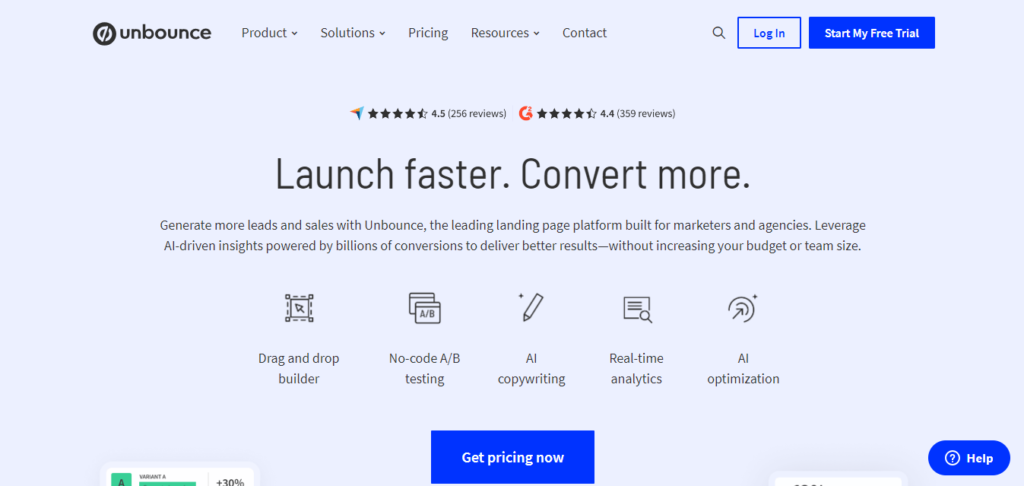
Unbounce has built its reputation as one of the leading landing page builders on the market. Since its launch in 2009, the platform has become a go-to solution for businesses that need more control over their landing page designs and optimisation efforts.
Unbounce is designed for marketers who want flexibility and creative control. The platform’s drag-and-drop editor makes it easy for non-developers to create custom landing pages without needing to know how to code. If you’re a marketer who likes to tweak every aspect of your page—right down to the pixel—Unbounce will likely feel like home.
Customisation and Flexibility: The Unbounce Edge
One of Unbounce’s standout features is its flexibility. Unlike other platforms that limit your design freedom, Unbounce gives you complete control over your landing page elements. You can place buttons, forms, images, and text exactly where you want them without any rigid templates to restrict your creativity.
That freedom comes with its pros and cons. On the one hand, it means you can build landing pages that are completely unique to your brand. On the other hand, it can lead to a bit of a time sink. If you’re a perfectionist—or someone who gets caught up in the details—you might find yourself spending more time than necessary trying to fine-tune your design.
Smart Traffic: AI-Driven Optimization
Unbounce’s Smart Traffic feature deserves special mention. This AI-driven tool automatically directs visitors to the landing page variant that’s most likely to convert. Instead of running manual A/B tests, Smart Traffic does the heavy lifting for you, learning from user behaviour and making real-time adjustments to send traffic to the highest-converting version of your page.
This feature is a game-changer for businesses that want to optimise their landing pages without having to constantly monitor and tweak their A/B tests.
What Is ClickFunnels?
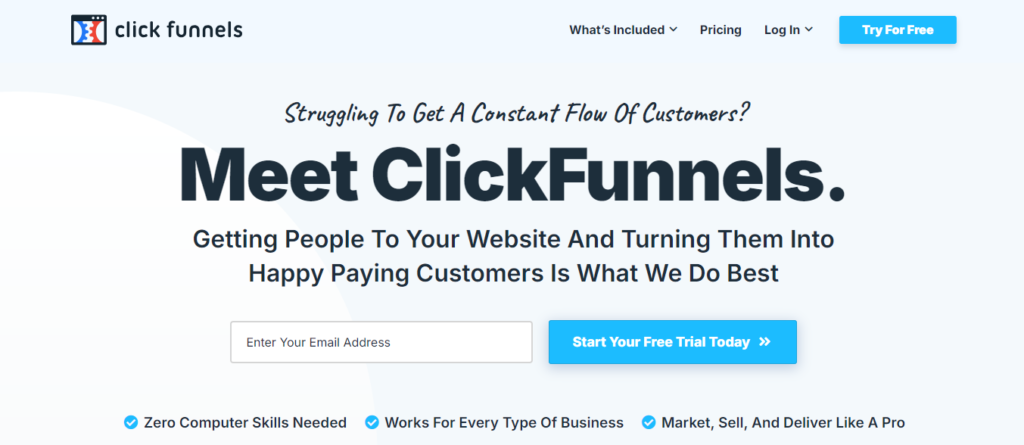
ClickFunnels was founded in 2014 with a singular mission: to make it easier for businesses to build sales funnels that convert leads into paying customers. While Unbounce focuses on landing pages, ClickFunnels takes a more holistic approach, offering an all-in-one platform that guides your customers through an entire sales journey.
A sales funnel is a multi-step process that starts with lead generation and ends with a conversion, whether that’s a sale, a signup, or another desired action. With ClickFunnels, you’re not just building a landing page—you’re building an entire funnel that includes opt-in forms, order forms, upsells, downsells, and more.
Pre-Built Funnels: A Ready-Made Solution for Entrepreneurs
One of ClickFunnels’ biggest selling points is its library of pre-built funnel templates. These templates are designed for various industries and use cases, from e-commerce and coaching to lead generation and webinar funnels. The idea is simple: instead of starting from scratch, you can choose a funnel template that’s already been proven to work, customise it to fit your brand, and launch it quickly.
This ready-made solution is ideal for entrepreneurs and small business owners who want to start selling their products or services online but don’t have the time or expertise to build an entire funnel from the ground up.
Understanding The Key Features
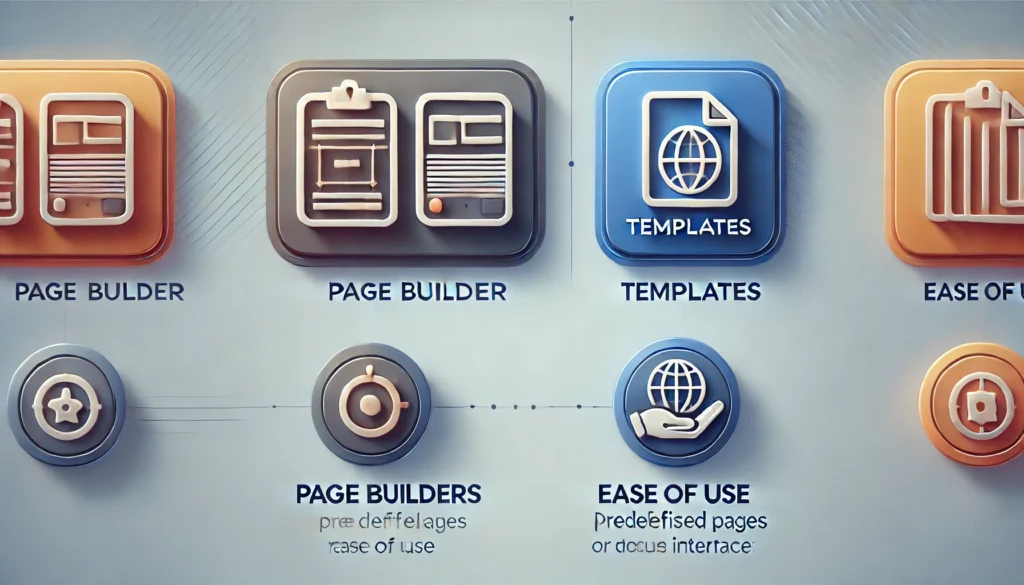
Now that you have a clearer picture of what Unbounce and ClickFunnels are all about, let’s dive deeper into the key features of each platform. This is where the rubber meets the road—understanding how these tools differ in terms of functionality can make or break your decision.
Page Builders
- Unbounce: Offers one of the most flexible drag-and-drop page builders on the market. It’s great for marketers who want to build highly customised landing pages with full control over the design. If you’re a creative marketer who enjoys having freedom in page layouts, Unbounce will give you that flexibility.
- ClickFunnels: It also offers a drag-and-drop editor, but it’s more structured. ClickFunnels is designed to help you build sales funnels that guide your leads through a series of steps. The editor is simple to use, but you won’t have the same level of design freedom as with Unbounce.
Which is better? It depends on what you value more—if you need flexibility, go with Unbounce. If you prefer simplicity and structure, ClickFunnels might be a better fit.
Templates
- Unbounce: Provides a variety of templates that are optimised for different types of campaigns (lead generation, click-through pages, etc.). You can fully customise each template, but they’re designed primarily for single landing pages. This is ideal if you’re focused on creating a one-page solution to capture leads.
- ClickFunnels: Takes templates to the next level by offering entire sales funnels. These pre-built funnels come with all the necessary steps included, from the opt-in page to the order confirmation page. It’s perfect for businesses that want to implement a complete funnel without having to create each step from scratch.
Which is better? If you’re only looking for landing pages, Unbounce’s templates will do the trick. But if you need an entire funnel, ClickFunnels’ templates are more comprehensive.
Ease of Use
- Unbounce: While Unbounce offers a flexible page builder, it comes with a bit of a learning curve. If you’re comfortable with design tools and don’t mind spending time tweaking your pages, you’ll appreciate the freedom Unbounce offers. However, it might feel overwhelming for beginners who just want a simple solution.
- ClickFunnels: ClickFunnels is built with ease of use in mind. The platform is designed to take you from zero to a fully functional funnel in just a few steps. Even if you’ve never built a landing page or sales funnel before, ClickFunnels makes it easy to get started with its templates and step-by-step process.
Which is better? For beginners, ClickFunnels is likely the easier option. If you’re a more advanced marketer who values control, Unbounce offers more customisation but requires a bit more effort.
Conversion Tools: Optimising For Results
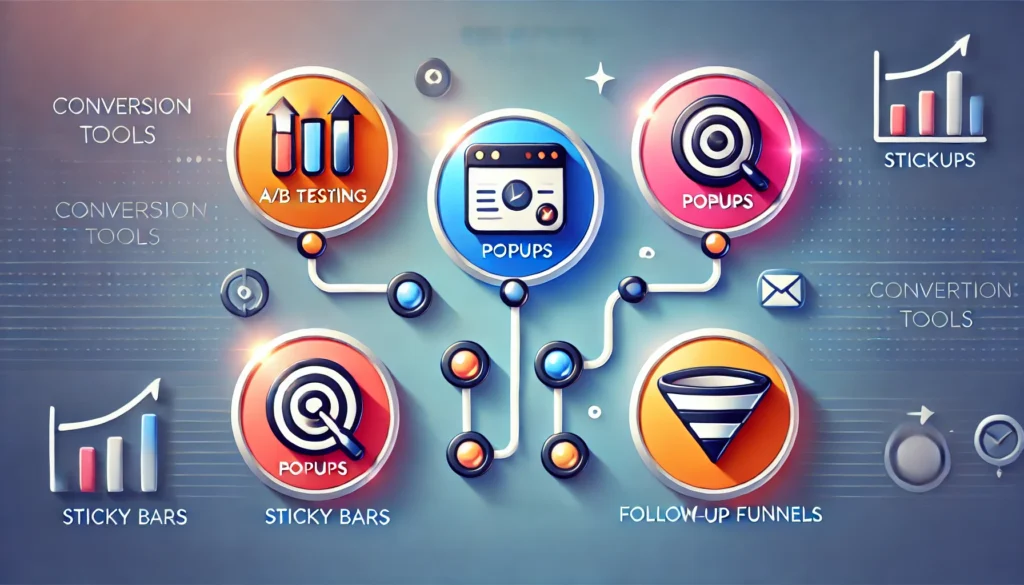
Both Unbounce and ClickFunnels are built to help businesses convert visitors into leads or customers. But how do they stack up when it comes to conversion-boosting features?
A/B Testing
- Unbounce: Known for its robust A/B testing capabilities. You can easily create and test multiple variations of your landing pages to see which one performs better. Unbounce’s Smart Traffic feature also uses AI to automatically send visitors to the highest-converting page.
- ClickFunnels: A/B testing is also available in ClickFunnels, but it’s integrated into the funnel-building process. Instead of just testing individual landing pages, you can test entire funnels. This is especially useful if your sales process involves multiple steps (e.g., opt-in forms, upsells, order forms).
Which is better? If you’re focused on optimising individual landing pages, Unbounce’s A/B testing tools are incredibly powerful. For businesses that need to test complete funnels, ClickFunnels offers a more integrated solution.
Popups and Sticky Bars
- Unbounce: In addition to landing pages, Unbounce offers the ability to create popups and sticky bars. These elements can be used to capture leads, promote special offers, or drive visitors toward a specific action. You can set them to trigger based on user behaviour, making them highly effective for boosting conversions.
- ClickFunnels: ClickFunnels also allows you to add popups to your funnels, but it’s seamlessly integrated within the overall funnel-building process. This means you can add popups at various stages of the funnel, optimizing their timing and placement to align with your sales strategy.
Which is better? If your focus is on leveraging popups and sticky bars on individual pages based on user behaviour, Unbounce provides flexible and customizable options. However, for those looking to include popups as part of a broader funnel strategy, ClickFunnels offers a more integrated approach within its funnel-building tools.
Follow-Up Funnels
- ClickFunnels: ClickFunnels goes beyond funnel-building with its Follow-Up Funnels feature. This tool allows you to automate your email marketing campaigns, enabling you to follow up with leads after they’ve engaged with your funnel. It serves as an all-in-one marketing solution, keeping you connected with prospects and helping to guide them through each step of the sales process.
- Unbounce: While Unbounce excels at creating landing pages and capturing leads, it does not have a built-in feature for automated follow-ups. For follow-up email campaigns, you would need to integrate with third-party email marketing tools.
Which is better? If you need a comprehensive solution that automates email follow-ups as part of your sales funnel, ClickFunnels offers a powerful integrated tool with Follow-Up Funnels. However, if your focus is purely on landing page optimization and lead capture, Unbounce can be complemented by external email marketing tools.
Integrations: Working With Your Existing Tools

When choosing a landing page or sales funnel builder, it’s important to make sure that the platform integrates with the other tools you’re already using. Let’s take a look at how Unbounce and ClickFunnels handle integrations.
Unbounce Integrations
Unbounce is designed to work seamlessly with a wide variety of third-party tools. Whether you’re using Mailchimp for email marketing, HubSpot for CRM, or Google Analytics for tracking, Unbounce integrates with all the major platforms. It also works well with Zapier, which means you can connect it to hundreds of other apps without needing any coding skills.
ClickFunnels Integrations
ClickFunnels also integrates with popular marketing tools, but the platform is more focused on being an all-in-one solution. While it does integrate with CRMs, email marketing platforms, and payment processors, many users find that they don’t need as many third-party tools because ClickFunnels handles most of their marketing needs in-house.
Which is better? If you already have a marketing stack that you’re happy with, Unbounce’s extensive integrations might be a better fit. If you’re looking for an all-in-one solution that requires fewer third-party tools, ClickFunnels has you covered.
Mobile Optimization: Ensuring A Seamless Experience Across Devices
With more and more people accessing websites from their smartphones and tablets, mobile optimisation is a must. Let’s see how Unbounce and ClickFunnels handle mobile responsiveness.
Unbounce Mobile Optimization
Unbounce ensures that all of its landing pages are mobile-responsive right out of the box. However, you can also tweak the mobile version of your landing page separately from the desktop version. This gives you full control over how your page looks and functions on smaller screens.
ClickFunnels Mobile Optimization
ClickFunnels also offers mobile-responsive designs, but the mobile experience is more automated. You don’t have as much control over how the mobile version looks compared to Unbounce, but it usually works well without needing much tweaking.
Which is better? If mobile design is a critical part of your strategy and you want full control, Unbounce is the better choice. If you just need something that works without too much effort, ClickFunnels’ mobile optimisation will get the job done.
Pricing Breakdown: What Will It Cost You?
At the end of the day, pricing is a major factor when deciding between Unbounce and ClickFunnels. Let’s break down the pricing plans for each platform and see how they compare.
Unbounce Pricing
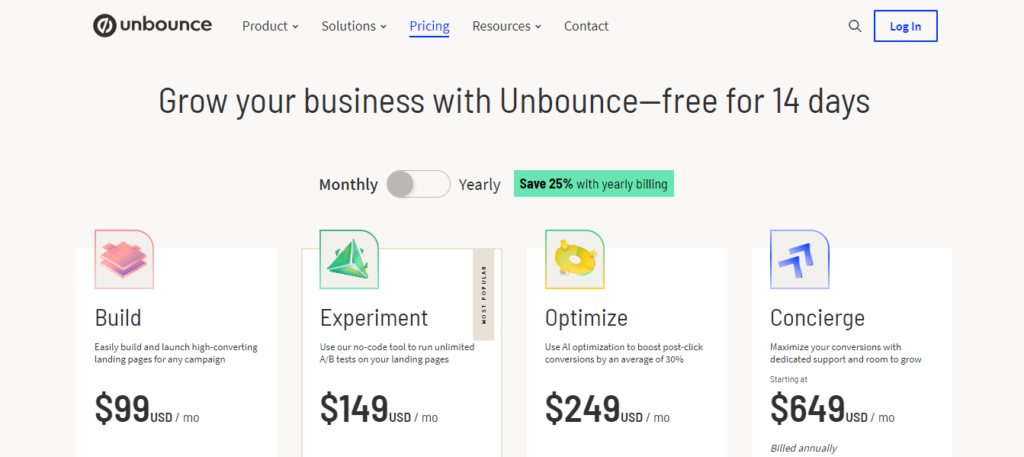
Unbounce offers three main pricing tiers:
- Build Plan: $99/month – Ideal for small campaigns, including up to 20,000 visitors per month and 1 root domain.
- Experiment Plan: $149/month – Adds features like A/B testing and Smart Traffic for higher conversion rates, including up to 30,000 visitors per month and 2 root domains.
- Optimize Plan: $249/month – Designed for businesses with more traffic, includes faster page load times and advanced tools, including up to 50,000 visitors per month and 3 root domains.
ClickFunnels Pricing
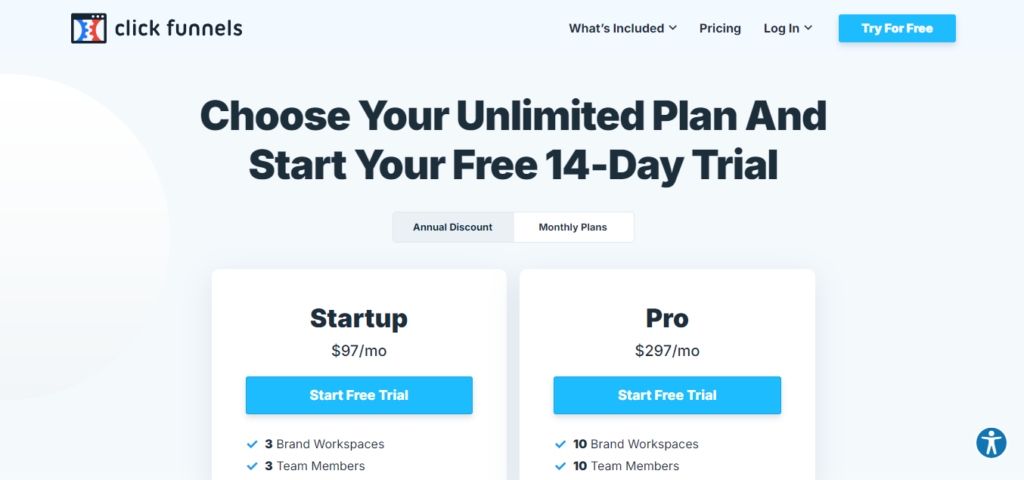
ClickFunnels offers two main pricing plans:
- Startup Plan: $97/month – Includes 3 Brand Workspaces and 3 Team Members along with unlimited funnels, contacts, pages, and domains.
- Pro Plan: $297/month – Includes 10 Brand Workspaces and 10 Team Members. Offers unlimited funnels, pages, and visitors, along with advanced analytics and priority support.
Which is better? Unbounce is more affordable if you only need landing pages, while ClickFunnels offers more value if you need a complete funnel solution.
Customer Support & Resources: Who Has Your Back?
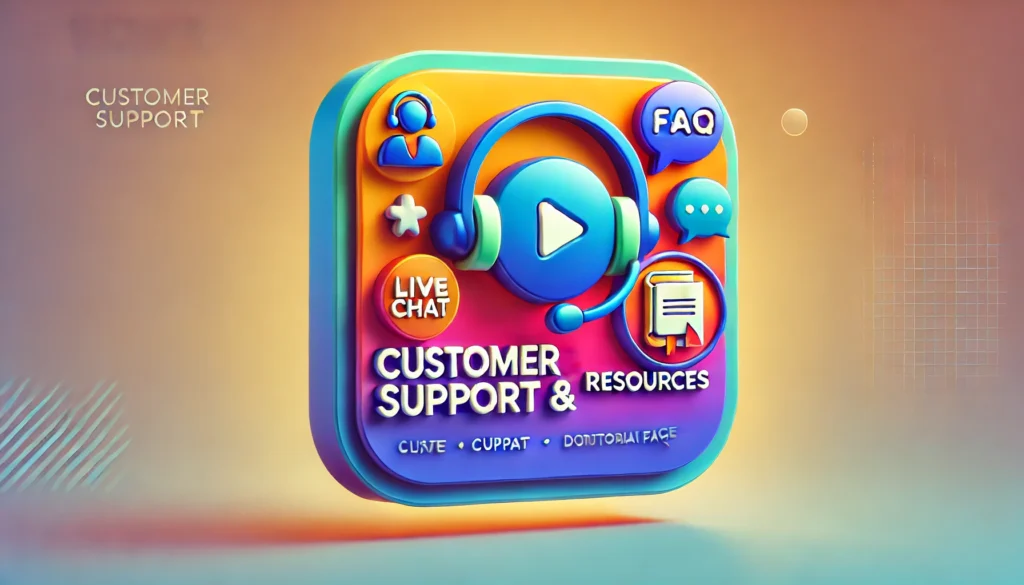
No matter how user-friendly a platform is, you’re bound to run into issues at some point. That’s why it’s important to know what kind of customer support you’ll have access to.
Unbounce Support
Unbounce has a reputation for offering stellar customer support. You can reach their team via live chat, email, or phone, and their response times are usually quick. Unbounce also has a comprehensive knowledge base filled with tutorials, guides, and FAQs to help you troubleshoot issues on your own.
ClickFunnels Support
ClickFunnels also offers solid support through live chat and email. However, one of the platform’s standout features is its community. ClickFunnels has a large, active Facebook group where users can share tips, ask questions, and get help from fellow marketers. In addition, the company regularly hosts webinars and events to keep users engaged.
Which is better? Both platforms offer great support, but ClickFunnels’ active community gives it a slight edge in terms of resources and engagement.
Unbounce Vs Clickfunnels: Which Is Right For Beginners?
Here’s a table comparing the features of Unbounce vs ClickFunnels to help determine which is right for beginners:
| Feature | Unbounce | ClickFunnels |
|---|---|---|
| Ease of Use | Moderate learning curve; requires some design skills | Very beginner-friendly; easy-to-follow funnel setup |
| Onboarding Process | Offers tutorials, but customization can be complex | Step-by-step guided funnel setup for quick implementation |
| Customization Flexibility | High flexibility, but may overwhelm beginners | Limited flexibility, designed for efficiency |
| Templates | Variety of landing page templates, fully customizable | Pre-built funnels with simple customization options |
| Learning Curve | Requires some understanding of design and marketing principles | Minimal learning curve; designed for quick results |
| A/B Testing | Advanced A/B testing, requires some setup knowledge | Easy A/B testing built into the funnel creation process |
| Support Resources | Email, live chat, knowledge base, webinars | Email, live chat, large active community (Facebook), webinars |
| Automation | No built-in email automation; requires third-party integration | Built-in email automation (Follow-Up Funnels) for nurturing leads |
| Technical Skills Required | Requires basic design knowledge for maximum control | Minimal technical skills required |
| Mobile Optimization | Mobile-responsive, manual tweaking options available | Automatically mobile-optimized pages |
| Community Support | Smaller community, more focused on landing pages | Large, active community with many beginner-focused resources |
| Pricing for Beginners | Starts at $74/month, suitable for smaller campaigns | Starts at $81/month, offers more tools for an all-in-one solution |
| Best for Beginners Who Want | To learn and have control over design and optimization | Quick, easy funnel setup without design complexities |
Real-World Scenarios: Which One Should You Choose?
Now that we’ve covered the key features of each platform, let’s take a look at a few real-world scenarios to help you decide which one is right for you.
Scenario 1: The Small Business Owner
Let’s say you’re a small business owner who needs a simple landing page to drive traffic to. You’re running Facebook ads and Google ads, and all you need is a page where visitors can sign up for your newsletter or download a free resource.
In this case, Unbounce would be a perfect fit. It’s affordable, easy to use, and gives you the flexibility to create a landing page that matches your brand. Plus, with its A/B testing capabilities, you can optimise your page for conversions.
Scenario 2: The Entrepreneur Selling a Digital Product
Now imagine you’re an entrepreneur who’s launching an online course or digital product. You don’t just need a landing page—you need an entire sales funnel to guide your leads from initial interest to purchase.
This is where ClickFunnels shines. You can use one of ClickFunnels’ pre-built funnel templates to create an opt-in page, a sales page, and a checkout page, all in one go. Plus, ClickFunnels’ automation features make it easy to follow up with leads and keep them engaged throughout the process.
Scenario 3: The Marketing Agency
Finally, let’s say you’re running a marketing agency that handles multiple clients. Each client has different needs, and you need a platform that allows you to create unique landing pages for each of them.
In this case, Unbounce is the better choice. Its flexibility and design capabilities make it easy to create custom landing pages for each client’s specific campaign. Plus, with Unbounce’s multi-client features, you can manage all your clients from one dashboard.
Final Thoughts: Which Is Right For You?
At the end of the day, the choice between Unbounce and ClickFunnels comes down to your business’s unique needs.
- If you’re focused on creating highly customised landing pages and want full control over the design and optimisation process, Unbounce is the way to go. It’s perfect for marketers, small business owners, and agencies that need flexibility and creativity.
- If you’re looking for an all-in-one sales funnel solution that guides your leads through every step of the sales process, ClickFunnels is your best bet. It’s ideal for entrepreneurs, coaches, and digital marketers who want to build a complete sales funnel without having to rely on multiple tools.
Both platforms are powerful in their own right, and the right choice will depend on your specific goals, budget, and workflow.
By now, you should have a solid understanding of how Unbounce and ClickFunnels compare. No matter which one you choose, you’re investing in a tool that’s designed to help you boost conversions, increase sales, and grow your business.


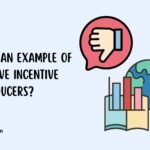


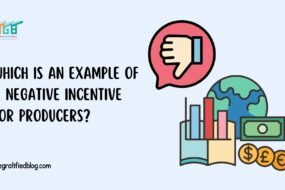

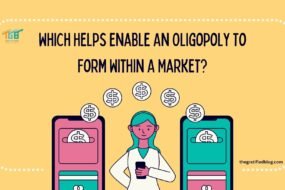
No Comments